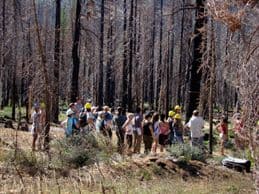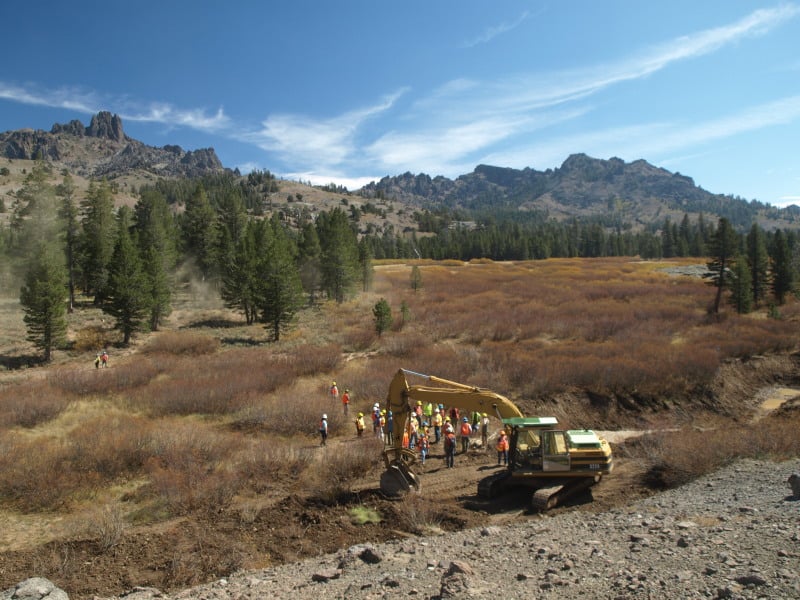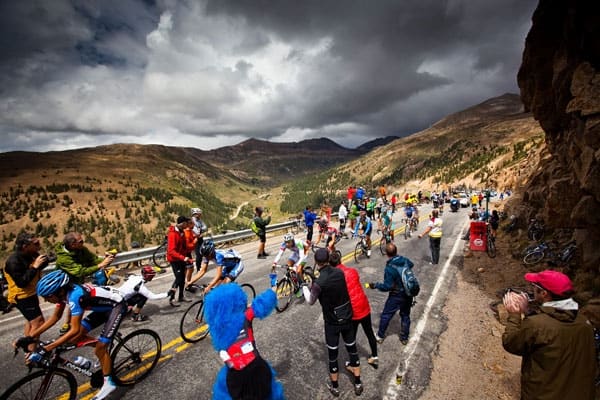Below is an analysis of the Angora Opinion, and here is a link to the opinion. For those of you who think that litigation is about making the FS follow the law when it egregiously oversteps, check out what the judges had to say about the plaintiff’s points.. it’s not a long read but does show you the complexity of the legal framework (check out the discussion of MIS monitoring) and the nature of the plaintiffs’ arguments in general.
This is from the AFRC newsletter by Scott Horngren.
In a significant opinion issued on September 20, the Ninth Circuit emphasized that an environmental assessment (EA) is not subject to the same requirements as an environmental impact statement (EIS). The case, Earth Island Institute v. Forest Service, involved a challenge to the EA prepared to salvage and rehabilitate the area damaged by the Angora Fire near Lake Tahoe.
Previous Ninth Circuit opinions have indicated that the requirements for an EA are not similar to the requirements for an EIS. The Angora opinion builds on those cases and makes a definitive statement that where the Council on Environmental Quality (CEQ) regulations impose an analytical requirement for an EIS, that requirement does not apply by implication to an EA. The Ninth Circuit explained that “a court should not impose upon the agency its own notion of which procedures are ‘best’ or most likely to further some vague, undefined public good.” Plaintiffs complained that the Forest Service had not responded to comments discussing black-backed woodpecker studies submitted by Dr. Chad Hansen. But the court held that “the duty to disclose and respond to responsible opposing viewpoints imposed by [the CEQ regulations] applies only to [EISs], not [EAs].”
The court also held that “an agency’s obligation to consider alternatives under an EA is a lesser one than under an EIS” and that an EA need only consider a no action alternative and a preferred alternative. The court rejected the plaintiffs’ claim that the Forest Service violated the National Environmental Policy (NEPA) by not considering an alternative that would limit removal of all snags greater than 16 inches in diameter. The court held that leaving these snags “weighing more than 1 ton per tree, would not achieve the Project objective of reducing the risk of severe wildfire.” When the purpose of the project is to reduce fire risk, “the Forest Service need not consider alternatives that would increase fire risk.”
Finally, the court explained that, under the 1982 viability planning rule as amended by the 2000 interpretative rule, the species viability requirements apply only to the extent that they are incorporated into the relevant forest plan. The court found that the Lake Tahoe Basin Management Unit (LTBMU) Forest Plan did not incorporate any species monitoring requirements for viability at the project level. Therefore, population monitoring was only required at the forest level under the LTBMU plan. Significantly, the court also held that, at the project level, the Forest Service need not assess the habitat quality and quantity for species if there is no population monitoring requirement at the project level. Additionally, the court held that since the Forest Service was not required to monitor populations at the project level, it also did not have to determine the quantity and quality of habitat needed for viability at the project level, given that the analysis of habitat quality and quantity for a species is in effect a proxy for population monitoring. Therefore, an absence of detailed information about the habitat quality and quantity to “maintain viability” of the blacked-backed woodpecker at the project level did not violate the National Forest Management Act (NFMA).
This case is a significant victory for common sense in NEPA and NFMA compliance by the Forest Service in the Ninth Circuit. Its implementation by the agency should free up resources that can be better used to improve the health of our federal forests and the infrastructure that depends upon them.












